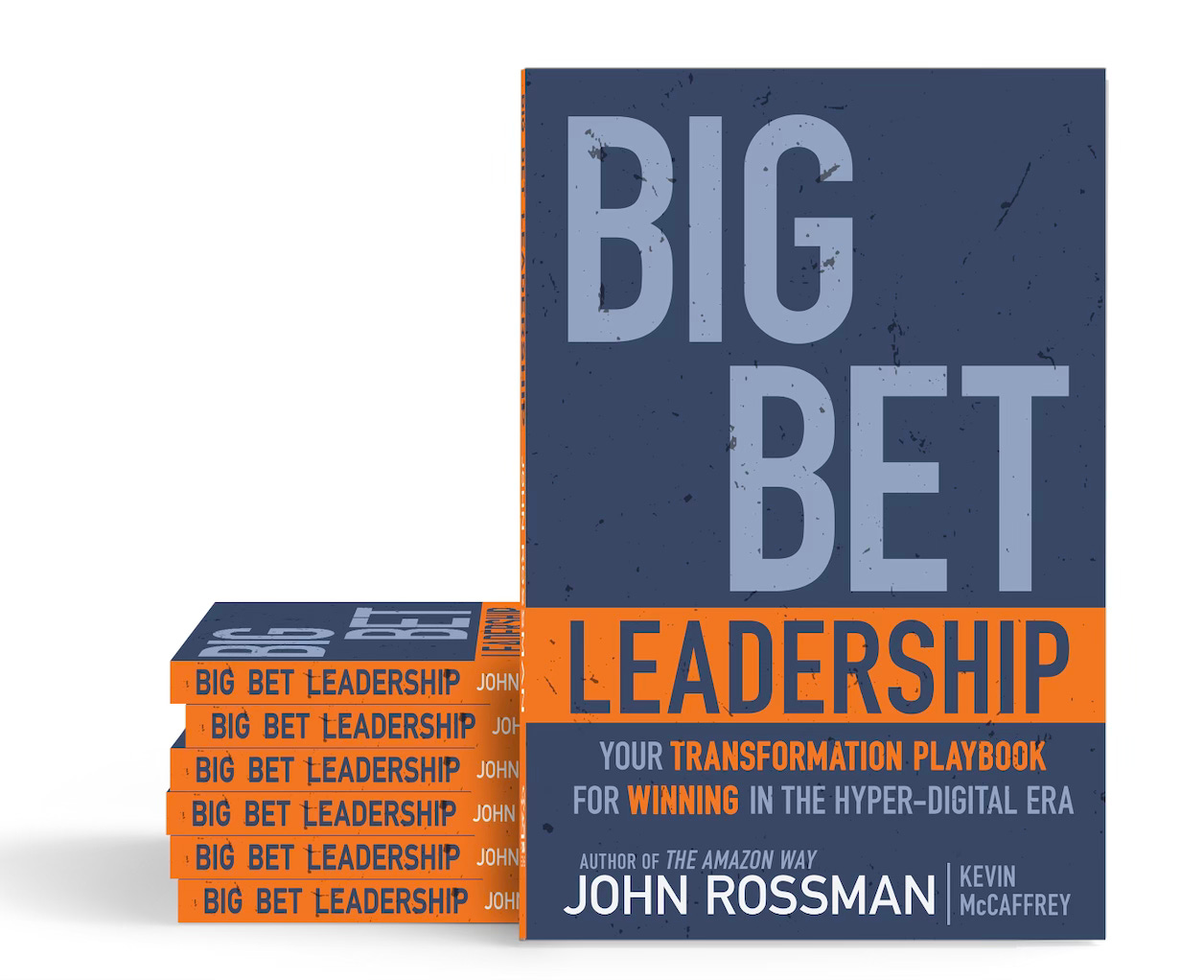Continue, Kill, Pivot or Confusion? The Billion-Dollar Moments That Define Legacy
When you see a fork in the road, take it — Yogi Berra
Every high potential, high-ambition plan or strategy has calculated risks — that’s what defines a “big bet”.
And they all have a moment.
The high-stakes moment where a decision is needed.
Do we scale? Do we pull back? Do we pivot?
Because these moments are often not recognized for what they are, and because there is not appropriate technique applied to the decision making, the wrong decision is made. Or worse yet, the forth outcome is settled upon by default.
Confusion.
These high-stakes moments define careers, shape industries, and determine the fate of major investments. Some leaders have mastered the art of these moments and these decisions.
The vast majority of us, burdened by hesitation, poor frameworks, or not recognizing the moment for what they are, do not manage them correctly.
Welcome to this edition of the Digital Leader Newsletter, where we break down the key lessons from:
Big Bet Leadership: Your Transformation Playbook for Winning in the Hyper-Digital Era
Chapter 6: Continue, Kill, Pivot, or Confusion.
And help you become the shark at the poker table, with pocket aces.
The Five Possible Outcomes
At every major inflection point, a Big Bet leader faces five potential paths:
Continue – Press forward with additional investment, learning from prior stages while validating risks and value.
Kill – Stop the initiative outright, either because it lacks a compelling business case or because critical risks outweigh potential rewards.
Pivot – Make a substantial adjustment to the Big Bet, fundamentally changing its approach or business model
Scale - This is no longer a high-ambition, high risk endeavor. It’s just “high-ambition” and we are ready to go for it.
Confusion – The worst possible outcome, where no clear decision is made, and resources, time, and momentum are lost in limbo.
The key to Big Bet success? Make the right decision. Avoid confusion at all costs.
How? By having great awareness to the game being played.
Lessons from the Legends: How Great Leaders Make the Call
The business world is full of success stories where leaders made the right decision at the right time. But for every Jeff Bezos who stuck to his vision for the Amazon Marketplace (after two failed attempts), there’s a cautionary tale like GE’s Predix, which did more than burn through $1billion, it played a key role in capsizing GE.
Lesson 1: Know Your Role
In these moments, Big Bet leaders must resist the temptation to micromanage their teams. Instead, their focus should be on:
- Reject lazy thinking – Challenge assumptions, demand clarity, and avoid groupthink.
- Pay attention to the right details – Ensure the team is prioritizing high-risk, high-value experiments and prototypes, not just checking bureaucratic boxes.
- Find the hidden jewels – Look for secondary assets, such as a technology or process developed along the way, that could create future value.
Lesson 2: Avoid the Five Traps of Lazy Thinking
When making a continue, kill, or pivot decision, look out for these common pitfalls:
1. Abandoning strategic imperatives too soon – Sometimes, an initiative needs multiple pivots before the right formula emerges. Amazon Marketplace took three tries before it became a billion-dollar success.
2. Falling into the Innovator’s Dilemma – Established businesses often resist disruptive innovations because they threaten short-term profits. Big Bet leaders must resist the urge to kill projects simply because they don’t fit neatly into the existing business model.
3. Lazy pivots – A team that subtly shifts away from its original Big Bet goal in favor of something safer but smaller is a red flag. Ensure that pivots are purposeful and strategic, not incremental retreats.
4. Zombie projects – If a Big Bet is killed, keep it dead unless there's a compelling reason to revive it. Otherwise, it becomes a resource-draining initiative that never dies.
5. Drugstore cowboys – Some projects sound great on paper but lack a clear path to execution. If a team can’t answer fundamental questions about value, cost, and risk, kill the bet before it wastes time and money.
Premature Scaling — Product market fit is great. But that doesn’t necessarily mean you are ready to scale.
Applying typical thinking to atypical situations leads to bad outcomes. It is lazy thinking. Big Bet leaders are responsible for spotting lazy thinking and stopping it in its tracks!
Lesson 3: Run the Right Meeting
Making a continue, kill, or pivot decision isn’t just about gut instinct—it’s about structured leadership. The best leaders design their decision-making process with clear criteria and disciplined execution.
Step 1: Create a Decision Meeting Handbook
Every major Big Bet should have a structured Continue, Kill, Pivot meeting process. This should include:
- Pre-read materials – Ensuring all executives have reviewed the latest insights before walking into the room.
- Regular cadence – Holding structured check-ins, typically quarterly, to prevent long periods of drift.
- Formal decision rights – Clearly defining who makes the call and who provides input.
Step 2: Validate Unit Economics
A Big Bet should have a clear path to scalable economics. This is often left behind after an initial spreadsheet analysis until we are fully committed. The decision should be based on two factors:
1. Are variable costs covered with a strong return profile?
2. Will fully loaded costs decline as the initiative scales?
If the answer to both is "no," it may be time to kill or pivot.
Step 3: Hunt for Hidden Assets
Sometimes, even if a Big Bet doesn’t succeed in its original form, there are valuable assets left behind. Amazon's failed **DVD rental subscription business in the UK** wasn’t a waste—it created the **subscription billing infrastructure** that later powered **Amazon Prime**.
Final Thought: Choose a Path, Not a Purgatory
The worst decision is “no decision. Confusion is where Big Bets (and careers) go to die a slow, painful death, draining resources and killing momentum. Instead, leaders must act with clarity, maintain velocity, and focus on high-risk, high-value elements.
When faced with a continue, kill, or pivot moment, take a hard look at unit economics, strategic imperatives, and potential pivots—and commit to a decision.
It Takes a Playbook
“Innovation”, “growth”, “reinvention with AI” or “disrupt yourself” — all well intentioned and necessary concepts. Simplistic “one act” approaches like ideation, or agile testing won’t get it done.
It takes a playbook.
It takes recognition of key moments.
It takes a shark, with a playbook, knowing how to read the table during the key moments.
Big Bet Leadership is the playbook to be the shark at the table of high ambition, calculated business risk.
Are you the shark?
Onward!
John
About The Digital Leader Newsletter
This is a newsletter for change agents, strategists, and innovators. The Digital Leader Newsletter is a weekly coaching session focusing on customer-centricity, innovation, and strategy. We deliver practical theory, examples, tools, and techniques to help you build better strategies, better plans, and better solutions — but most of all, to think and communicate better.
John Rossman is a keynote speaker and advisor on leadership and innovation. Learn more at www.johnrossman.com



